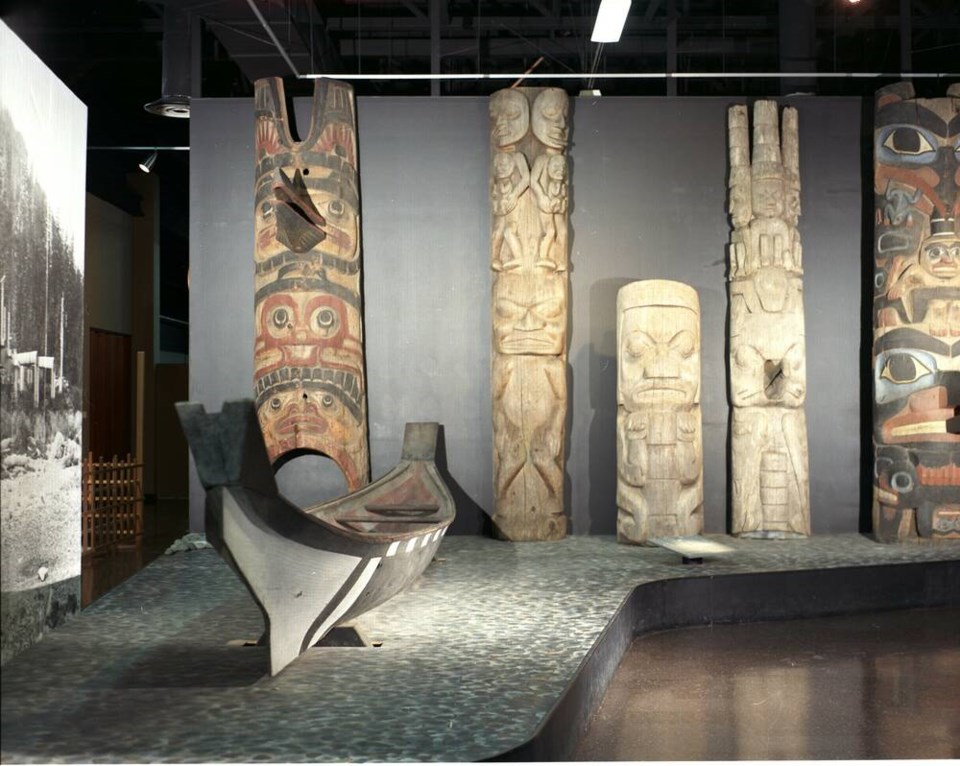Museums are amongst the most trusted institutions in Canadian society, and we’re largely used to seeing ourselves as “the good guys,” helping to preserve the past, educate communities and facilitate cross-cultural understanding. What museums often fail to realize is that while we’re the hero in our own story, we’re the villain for others.
This sentiment might come as a surprise, especially since many Canadians view museums as neutral, apolitical organizations that only exist to present objective accounts of the past. However, the truth is that museums are not neutral.
Museums, from their collections, to exhibits, to programs, have long been tools used to reinforce the status quo, helping decide who is included and who is excluded from the story of Canada.
Museums, as we know them today, began as the personal collections of a wealthy upper class who amassed Indigenous art, artifacts and ancestral remains from around the world in an attempt to demonstrate their enlightened knowledge and worldview.
Generations of archeologists, anthropologists, scientists and museum curators pillaged the lands and peoples who lived in them while laws, like the Indian Act of 1876, criminalized many aspects of being Indigenous in Canada — restricting language, art, culture, travel, and even how they were allowed to dance or tell stories. While these communities were being prohibited from accessing their own culture, museums housed stolen Indigenous art and cultural items for largely white museum-going audiences to “enjoy.”
Kwakwaka’wakw artist and Hereditary Chief Cecil Dawson, whose work is featured in an exhibit at the museum at Campbell River, explains that “…visiting our regalia in museums is like visiting a relative in prison.”
This sentiment is shared by many Indigenous peoples throughout Canada who are eager to see their ancestors and cultural belongings repatriated from institutions around the globe.
For decades, our sector has wilfully ignored these demands for justice, believing that museums are better caretakers of these so-called “artifacts” than the very Indigenous communities who created them.
When belongings and ancestors are taken from Indigenous communities, they create wounds that do not heal until they are returned home.
Dan Smith, founding member of the B.C. Museums Association’s Indigenous advisory committee and a member of the Wei Wai Kum First Nation in Campbell River, stated that: “True, meaningful and lasting reconciliation must include the return of our ancestors back to the Nations where they were taken from. We must work together to realize this, and in doing so free our children and their children from the sacred obligation we have for finding our ancestors and bringing them home.”
If museums want to begin to repair the harms they have caused, our sector must embrace a comprehensive approach to repatriating (in other words, “returning”) the ancestors and belongings held captive for generations.
These journeys home are truly profound moments to celebrate and offer an opportunity to create a whole new context in which to tell stories in, and of, our museums.
Although progress is slow, there are reasons for optimism, as more museums are actively working with Indigenous communities to make things right. More than two dozen museums across the province have signed the B.C. Museums Association’s 2020 Repatriation Call to Action, since 2017 the provincial government has provided about $2.5 million in funding that has supported the repatriation of thousands of ancestral remains and cultural items, and more museums each year adopt repatriation policies to make returning belongings faster.
There is momentum building to address past harms and forge a pathway to reconciliation through the development and nurturing of meaningful and lasting partnerships.
To create lasting change, museums need the support of our communities. Museums hold special places in the hearts of many British Columbians and as our institutions work to decolonize collections and exhibits it can often feel uncomfortable — as if stories are being erased.
But we urge museum professionals and visitors alike to consider for a moment the meaning these pieces hold to those whose community has been impacted by their absence, those whose grandfathers’ hands have touched them, and those whose families still pass down the stories of their origin — through empty hands.
On behalf of the sector, we ask for patience, compassion and support as we work toward addressing a challenging past, striving to ensure a more just and equitable society for all British Columbians.
As our exhibits, programs, and in some instances even the very names of our museums evolve, we encourage you to share your questions and curiosity. Together we are capable of building a better future that learns from the past, brings more voices together, and allows museums to live up to our true potential.
Museums must acknowledge our histories of harm if we are to make our future one of healing.
If you want to learn more about how museums are working to support repatriation, the B.C. Museums Association has launched a Repatriation Call to Action and we will be sharing new resources, impact stories, and online resources throughout the coming year and beyond.
To learn more: indigenous.museum.bc.ca/repatriation/call-for-repatriation



